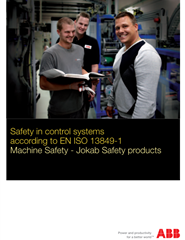I'm struggling to grasp the application of the concept of functional safety
I think that I understand the basic concept - Where we are relying upon an electrical circuit/system we need to be able to rely upon the safety function proportionally to the risk
However this is pretty much my limit, I want to understand the scope of the standards and which standard applies, the BS scope sections aren't making things much clearer - A simple example that I have came across is with a ventilation systems, if a fan is ventilating an area due to prevent a build up of nasty chemicals, or explosive gasses.
Is anything preventing a system having two independent fans with users monitoring?
Is this required to be a functional safety system? If so, is this under the 13849 standard or another? What should the system look like?
Thanks
